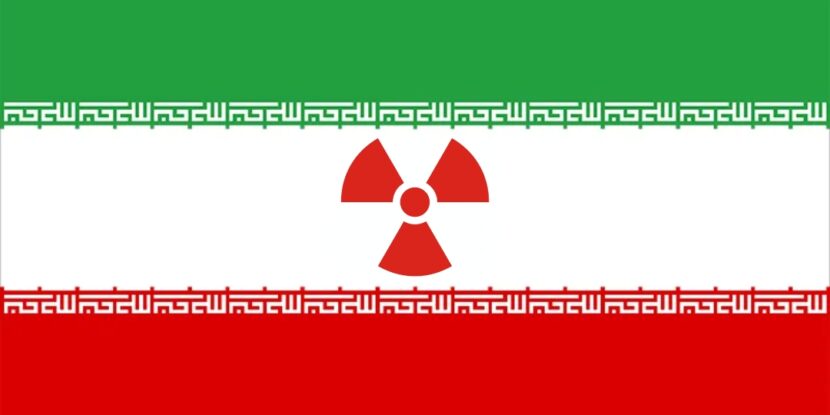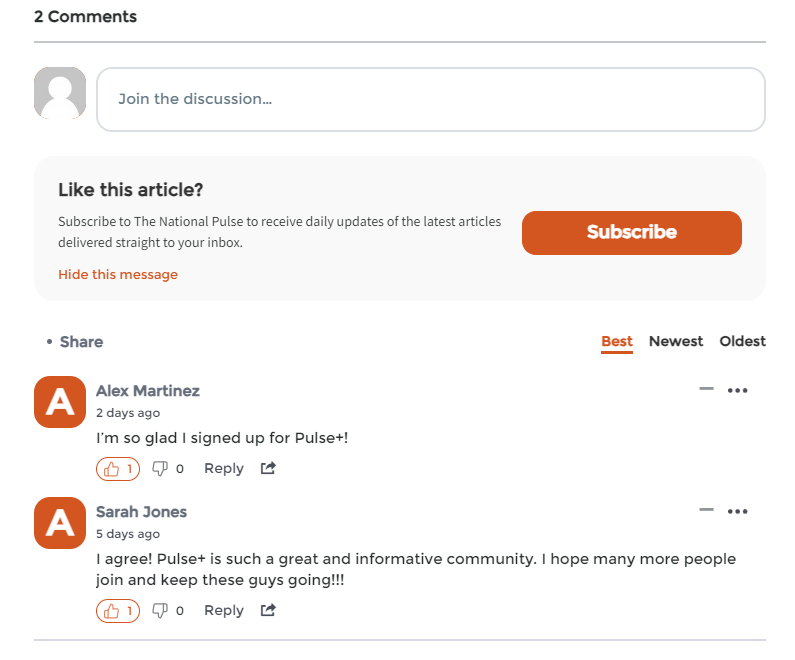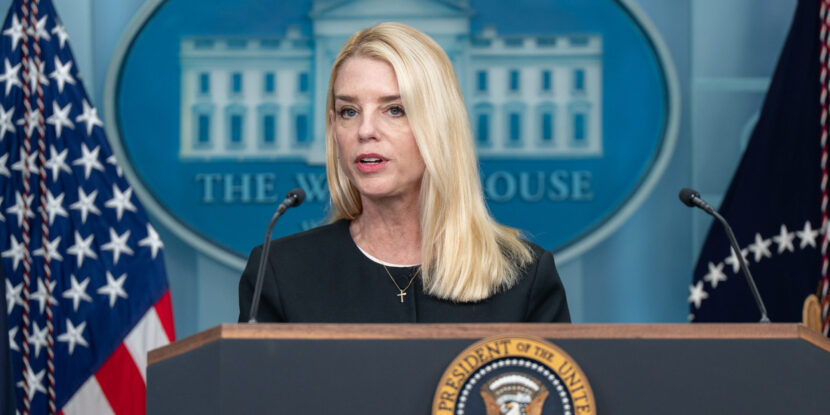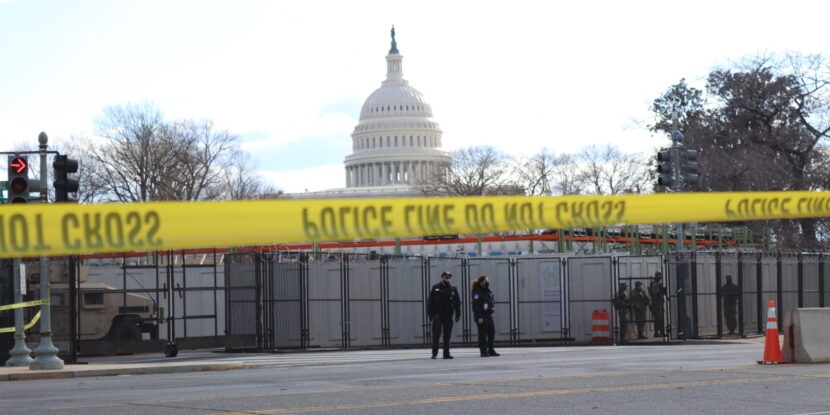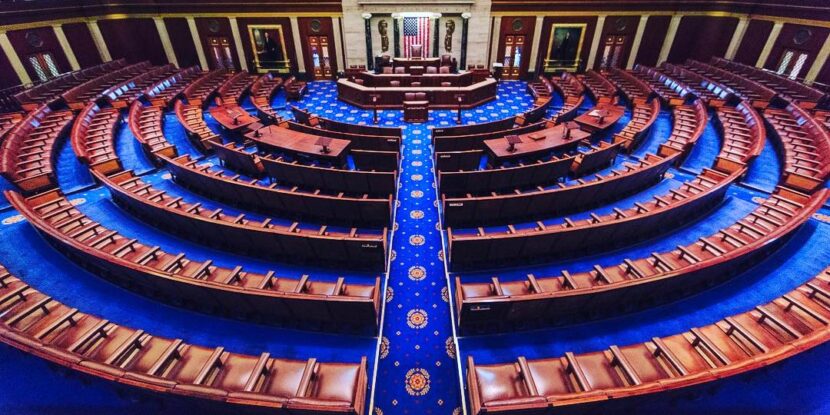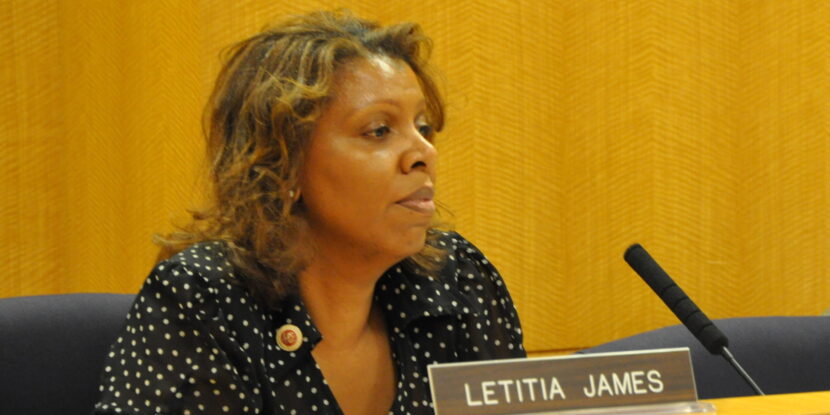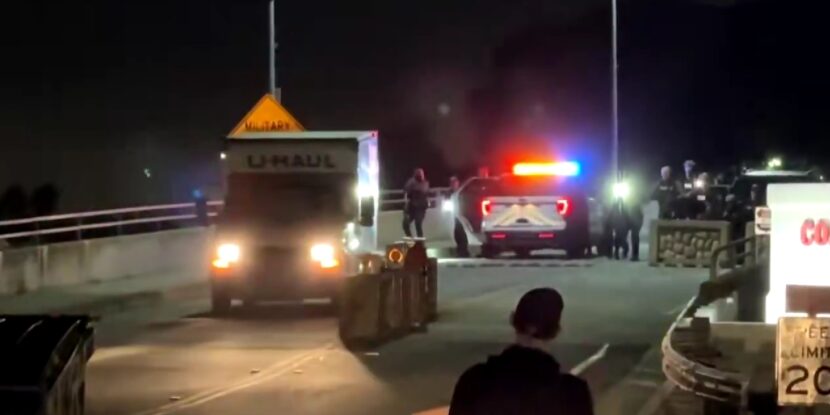❓WHAT HAPPENED: At a United Nations (UN) Security Council meeting, International Atomic Energy Agency (IAEA) chief Rafael Grossi warned that an Israeli strike on Iran’s Bushehr nuclear plant could trigger catastrophic radioactive fallout.
👤WHO WAS INVOLVED: Rafael Grossi, the IAEA, the UN Security Council, Israel, and Iran.
📍WHEN & WHERE: New York City, June 2025
💬KEY QUOTE: “[A] hit that disabled the only two lines supplying electrical power to the plant could cause its reactor’s core to melt, which could result in a high release of radioactivity to the environment.” – Rafael Grossi
🎯IMPACT: A strike on Bushehr could unleash a regional humanitarian disaster and displace thousands.
Rafael Grossi, Director General of the International Atomic Energy Agency (IAEA), warned of the severe consequences of a potential strike on Iranian nuclear reactors at a meeting with the United Nations (UN) Security Council on Friday. He emphasized that the biggest concern is the Bushehr nuclear power plant.
“[Bushehr] is the nuclear site in Iran where the consequences of an attack would be the most serious,” Grossi said, explaining that “a direct hit could result in a very high release of radioactivity to the environment.”
“Similarly, a hit that disabled the only two lines supplying electrical power to the plant could cause its reactor’s core to melt, which could result in a high release of radioactivity to the environment,” he added.
Israel continues to hit facilities allegedly tied to Tehran’s plan to build a nuclear bomb, but has yet to strike at Bushehr. Iran has claimed they are not seeking to build a nuclear bomb, and the nuclear program is for civilian energy. However, Iran’s level of enriched uranium exceeds civilian energy needs and is close to achieving enough for a nuclear weapon. Grossi himself previously warned that around 90 percent of Iran’s enriched uranium is weapons-grade.
If there is an attack on the Bushehr nuclear power plant, an extremely high level of radioactivity could be released into the environment. Similarly, Grossi warned that attacks on a nuclear research reactor in the capital of Tehran, with a population of around ten million, “would also have severe consequences potentially for large areas of the city… and its inhabitants.”
These dangerous scenarios would require extensive protective measures to be taken, such as mass evacuations, sheltering populations, and even “the need to take stable iodine” supplements to counteract possible radiation sickness.
The IAEA continues to monitor radiation levels in and around Iran’s nuclear facilities. So far, there are facilities in Iran reporting damage due to Israeli strikes in Arak, Esfahan, Natanz, and Tehran.
Join Pulse+ to comment below, and receive exclusive e-mail analyses.
